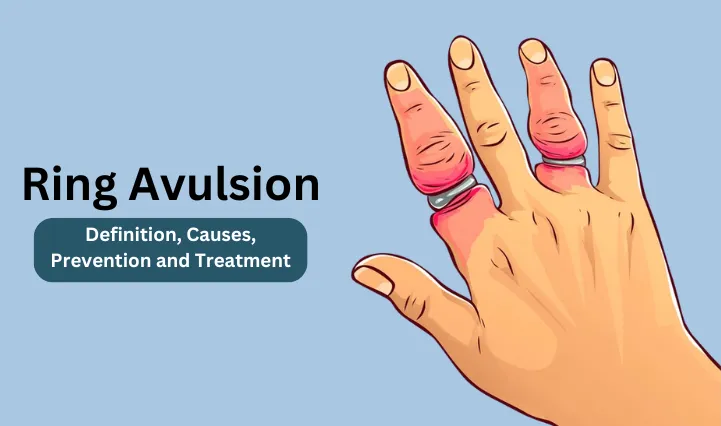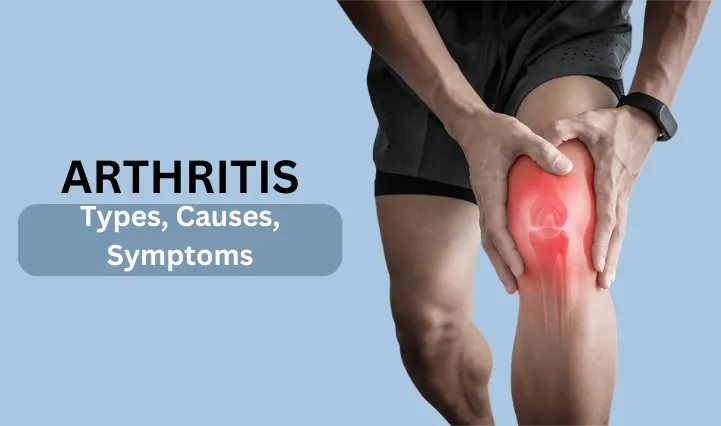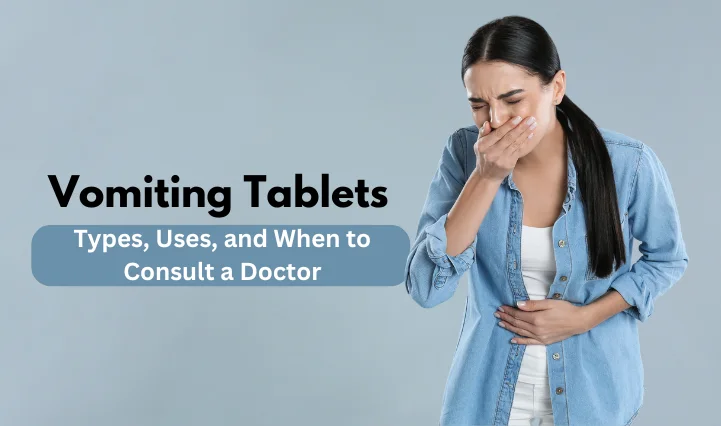Ring Avulsion is a serious finger injury. It usually happens to people who work with heavy machinery. Ring Avulsion happens when the ring worn on a finger gets caught on an object or in between the gears of machinery and gets pulled off forcefully. At times, skin, muscles, tendons, and even finger bones can get forcefully pulled.
Ring Avulsion Causes
Ring avulsion is a traumatic injury. There are four main scenarios in which it can cause such an injury. These scenarios are vehicle accidents, falls, industrial or workplace accidents, and the ring accidentally getting stuck in something and getting pulled.
Ring Accidently Getting Caught in Something
A ring avulsion can happen if the person wearing a ring gets caught on a hook, machinery, or another surface.
Industrial Or Workplace Accidents And Falling Injuries
Ring Avulsion happens frequently in construction, factory work, and manual labor. It can be a part of fall injury as well.
Sports Injuries and Road Accidents
Ring Avulsion can happen during sports activities such as rock climbing, basketball, and gymnastics when the ring gets snagged. During road or vehicle accidents when the hand gets stuck in the debris and the ring gets pulled forcibly.
Types and Severity of Ring Avulsion (Injury)
A ring avulsion injury can range anything from a grade 1 injury which means that it is a minor soft tissue injury to a grade 3 injury which requires amputation.
Grade 1 Injury
In grade 1 Ring Avulsion Injury there could be minor cuts without severe damage, skin stretching, or bruising. This type of Injury heals with minimal treatment.
Grade 2 Injury
Grade 2 injury is a severe soft tissue or vascular injury. In this type of injury skin or tissue might get torn, blood supply may get compromised, and may require intervention to restore circulation.
Grade 3 Injury
In this type of injury, the finger is completely or partially detached and would require immediate surgery. There can be only two outcomes from such a surgery. Either the finger gets reattached or gets amputated.
Symptoms Of Ring Avulsion (Injury)
Symptoms of ring avulsion are
- Severe pain
- Bruising and swelling
- Torn skin or open wounds
- Exposed tendons, bones, or blood vessels
- Numbness
- Loss of finger function
Ring Avulsion First Aid
If possible, try to remove the ring gently. The next few steps are as follows,
- Control bleeding by applying gentle pressure with a clean cloth or bandage.
- Keep the hand elevated to help reduce the bleeding and swelling.
- Seek emergency medical help and try to preserve the finger if it has been cut off.
Ring Avulsion Treatment options
The treatment case depends upon the severity of the injury. In mild cases, pain management and bandaging can help. Also In moderate cases, it might need mild surgery or stitches. In severe cases if possible, the finger may be reattached. Amputation may be required in cases where the blood supply can’t be restored. In case of permanent loss of finger function, rehabilitation, and prosthetics may be required.
Preventing Ring Avulsion
To prevent this type of injury it is recommended that a person removes his or her ring while working with machinery, exercising, or engaging in sports. One can also use silicone and breakaway rings that break under pressure and reduce the risk of injury. Wearing protective gloves while operating heavy machinery can help as well.
Frequently Asked Questions
Ans. How long does it take to recover from ring avulsion?
Ans. In certain rare cases where ring avulsion can lead to massive blood loss or infection, it can be life-threatening.
Ans. Silicone rings or breakaway rings are safer than metal to wear.




